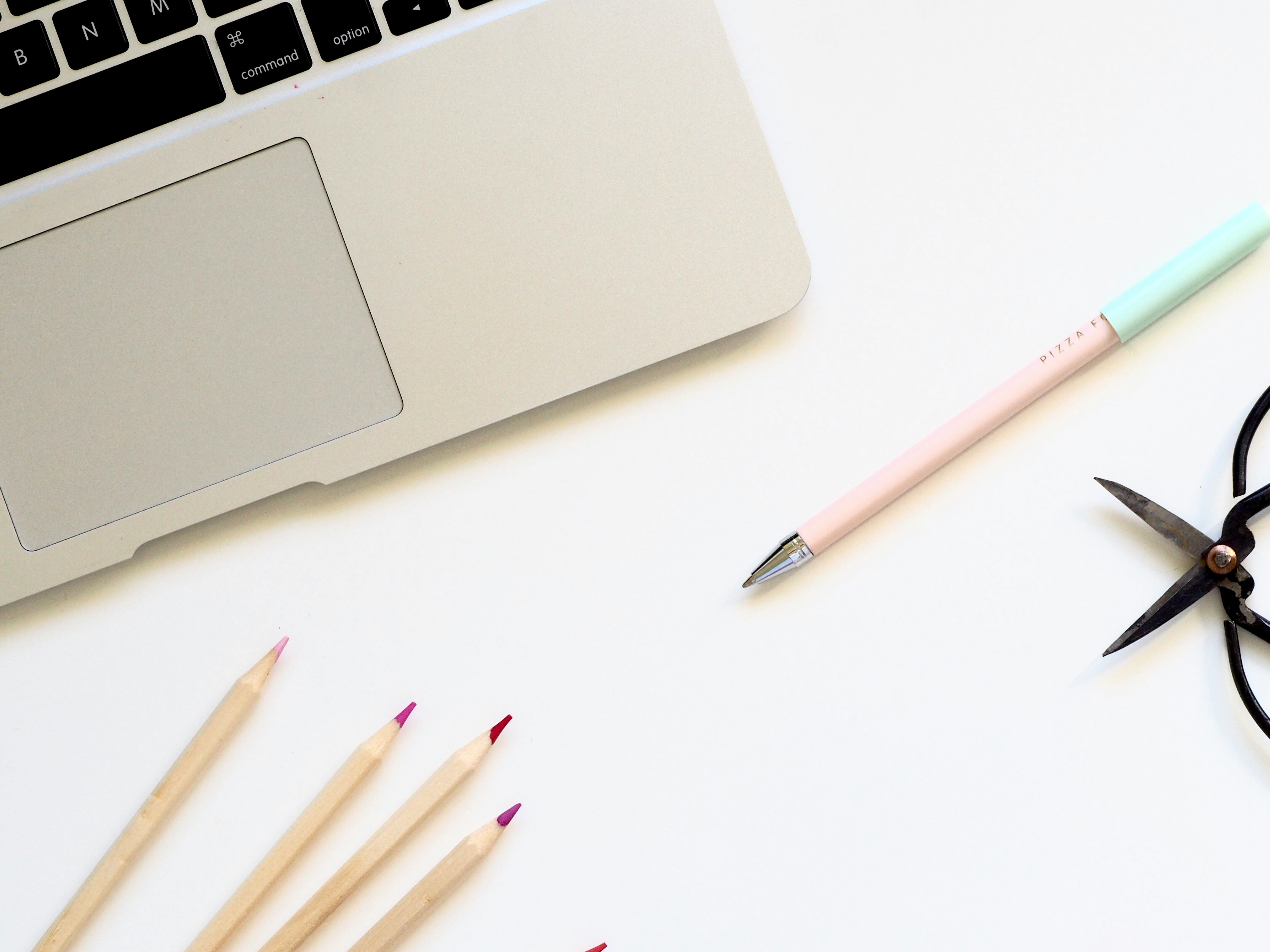Vacation memories need to be preserved, along with all those other photos you’ve taken over the years. Lately I’ve had some questions on my “Ask Robin” blog about preserving photos of her and if there are any scrapbooking materials that can be used to help those photos last longer.
Photo conservation is a very important topic, especially since many of us have seen the photographs of our ancestors yellow or deteriorate over time. So what can we do as scrapbookers to prevent that from happening? In addition to scrapbooking, I am also a photographer by trade and have some experience in this area. I’ve put together a list of the best ways that will keep those photos preserved for years to come!
1. Use everything acid-free on your scrapbook pages. Yes, acid free is a big deal. Many of those photos you see that have yellowed, cracked, or faded are due to the acid from the paper used and the acid from the albums they were kept in.
2. Use sheet protectors to separate the photos. Even if you never make a scrapbook of your photos, you should always keep them separate and protected. Also, why print a photo if you’re not going to look at it or remember it? If you haven’t saved the photo in a scrapbook yet (and don’t plan to for years to come), putting it in a photo album with acid-free sleeves is the way to go. Stay away from any sticky albums that use adhesive to hold the image or are “magnetic.” These albums tend to be very acidic and dangerous for photos.
3. Print photos on “permanent paper” or acid-free, lignin-free, pH-neutral paper. Just check the labels before you buy paper—even some photo papers aren’t suitable for long-term photo preservation. Of course, if you have a store or company that prints them, you don’t have to worry. But you may want to ask about the paper they print on and the ink they use to make sure it’s acid-free.
4. Use acid-free ink with your inkjet to print photos. As a general rule, most inkjet printers use acid-free ink, but some do not. Be sure to check with your manufacturer to see if their ink is acid-free. Many companies also make claims about their ink and how fade resistant it is. If you are using an inkjet printer and want your images to remain vibrant, keep all images out of direct light and keep them away from water or liquids.
5. Acid-free photo boxes can also be safe. Just be aware that photos can stick if moisture gets into them. The best way to preserve them in this method is to separate them with acid-free envelopes or sleeves.
6. When labeling photos, always use acid-free ink and/or labels. Most regular pens can eventually bleed through your photos or onto other items. If you are not going to create a scrapbook for your photos, the easiest option would be a smudge-proof, acid-free pen/marker. And if you’re like me (too organized and neat), you can print on acid-free labels and adhere them to the photo.
7. Coating your prints with veneers or sprays can be a solution, especially for photos you have on display. For example, I have a family photo that has been framed without a mat and glass for protection. I sprayed it with a UV protection spray (UV resistant fixative) at my local photo lab (not all labs do this), but you can buy the spray at photo supply stores or online. I have had the picture on the wall for 4 years and it does not seem to fade and can be easily cleaned for dust particles. I also found some water based varnishes that do a similar task and are also supposed to protect against yellowing. I found one on inkjetart.com. Although these top coat sprays and such are a solution, many of the product labels say that they are not permanent protection, but can help your photos last longer and protect against some environmental factors.
8. Always save a copy of your photos on other types of media. After I print my photos, I always burn them onto a CD or DVD. Although there are some critics who argue that CD/DVDs won’t last forever, I believe that if there is a need in the distant future, I can convert my CD to whatever new medium it is at that time. I then store these photo CD/DVDs in protective cases and boxes (be sure to label them!). As a scrapbooker, I also like to include CDs with some of my scrapbook designs, especially if I took hundreds of photos for an occasion and don’t want to print them all.
9. Give copies to other people! If you have a flood, hurricane, fire, etc. There’s really no way to know if your photos will survive, unless you’ve shared them with others. Be happy with photos and send your photos to family and friends. I know that my mom has sent most of the children in the family treasured photographic prints and CDs/DVDs with photos and recordings. If you were ever to lose your precious memories in a fire, you could probably get most of them back. Don’t have a lot of family and friends (I hope it’s not you!)? Another option is to use an online photo storage website. There are many free or very cheap sites: check out myphotoalbum.com, kodakgallery.com, and shutterfly.com. The great advantage of these sites is that you can also share your photos.
10. Store your scrapbooks, photo boxes, digital media, and photos in environmentally safe places. Remember that light, humidity and temperature can damage your photos. The garage or cold room may not be the best place for your photos. A dark cupboard that maintains the same temperature most of the time would be a better option.

